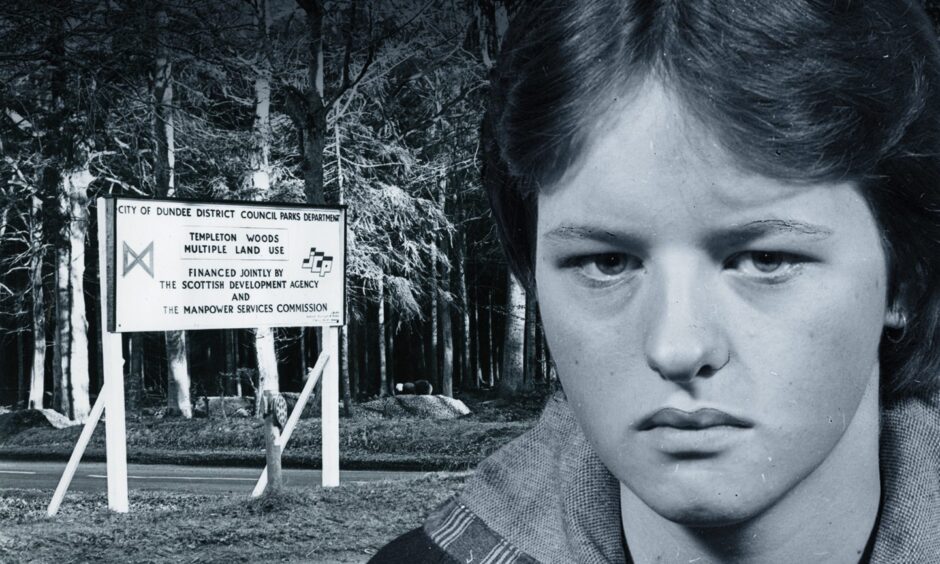
At 7.50pm on March 20 1979 a young Dundee mum vanished from the centre of the city and was never seen alive again.
Carol Lannen, 18, was picked up on the corner of Exchange Street and Commercial Street in what was then Dundee’s red light district.
Carol never returned to the three-month-old son she had left at the home she shared with her sister at 23 Hill Street in Hilltown.
A young couple stumbled upon her naked and strangled body the following afternoon.
She was lying in snow-covered Templeton Woods beside a picnic bench.
Her clothing and handbag were missing.
Murder squad detectives headed by Detective Chief Superintendent James Cameron went to the secluded corner of the wood on the city’s outskirts.
They were joined by Dr Donald Rushton, who was head of the forensic medicine department at Dundee University.
The freezing temperatures made it difficult to give a precise time of death.
Aided by emergency floodlights, Dr Rushton and the detectives carried out a search for clues in the woodland that was hampered by heavy snow.
Tracker dogs were also called in.
Carol was formally identified and was fixed forever in the public mind when a stark black and white photograph was published in newspapers.
The grim photo of the unsmiling Carol was taken when she was 16.
What happened next formed the linchpin for almost the entire police inquiry.
Owners of red cars questioned after Carol Lannen murder
A woman was questioned at length by police and believed the make and colour of the car that Carol shared with the driver was a red Ford Cortina.
The man was said to be between 25 and 30.
He was of thin build and pale complexion, with short dark hair, sideburns and a moustache.
Owners of red cars were interviewed and a photo-fit of a suspect was released, which was the first time officers in Dundee had taken such a measure.
Carol was buried at Balgay Cemetery on March 31 1979.
Her mother and stepfather, Christina and Thomas McCluskey, were among a large gathering of relatives and friends at the graveside.
The following day, on April 1, her handbag and clothes were discovered 85 miles away on the banks of the River Don near Kintore by a family who were river-rafting.
Hundreds of man-hours were devoted to the hunt for the elusive killer.
The Evening Telegraph said files in the “Murder Room” at Dundee Police HQ showed over 7,000 people were seen in connection with the case.
There was also information on about 2,500 vehicles.
The hunt spread throughout Britain as police checked the movements of several hundred drivers of red Ford Cortina estate cars.
Despite the massive number of hours devoted to the inquiries, what little trail there was petered out.
Murder squad detectives returned in 1980
That was until the afternoon of February 26 1980.
Two men walking in the same wood found the body of a young woman.
Nursery nurse Elizabeth McCabe, 20, last seen alive in the centre of Dundee in the early hours of February 11, was almost naked.
And, like Carol, had apparently been strangled.
The two bodies were found only 150 yards apart.
Her clothing and handbag were later found in three different parts of Dundee.
Despite the biggest investigation ever mounted by local police, no one was ever arrested and the size of the operation was scaled down.
The case exploded back to life in October 1980 when Grampian Police issued an appeal for urgent information to trace the driver of a red Cortina.
Torn and blood-stained clothing was found in a lay-by near Westhill.
Then, later, a woman reported that she had been picked up in the centre of Aberdeen and assaulted but not injured by someone said to be driving a red car.
He was said to be aged 30 to 33 with brown, short tidy hair and a thin straight moustache.
Grampian Police ‘cannot rule out’ Carol Lannen murder link
Was there a link to the murder of Carol?
“It certainly cannot be ruled out,” said Mr Cameron.
“Especially when we add another piece to the jigsaw – the finding of Carol Lannen’s handbag containing her underwear on the banks of the River Don.
“Could the killer live in Aberdeen?
“Again, that cannot be ruled out.
“Neither can the possibility of his being a businessman travelling the north east route.
“On the night Carol Lannen’s body was found, there was heavy snow and road conditions were pretty bad.
“If he lived in Dundee, why would he make a journey 80-odd miles to dispose of clothes in such conditions?”
The case soon went cold.
In August 1988 new information took officers back to Aberdeen to interview a man.
It was another seemingly promising lead that came to nothing.
Zodiac Killer was among the suspects
The murders were then included in a secret investigation into six possible Yorkshire Ripper attacks in Scotland by then-West Yorkshire Police Chief Constable Keith Hellawell in 1996.
The man responsible for the infamous Zodiac slayings which terrorised Northern California from 1968 to 1974 was also sensationally linked to the murder.
A dossier of evidence was given to Tayside Police in 2005.
It stated the killer had fled to Scotland and the “Zodiac’s last act” was Carol’s murder.
Far more compelling was the conclusion of Alexander McGregor.
He has written extensively on the murders in his best-selling book The Law Killers.
He revealed his conviction that Andrew Hunter should be considered a prime suspect.
The Dundee social worker strangled his pregnant wife Lynda with a dog lead then concealed her body in a wood in 1987 and attempted to throw police off the trail.
It was only during and after the trial at Dundee High Court in August 1988 that the full extent of Hunter’s ruthlessness and lust for women became public knowledge.
Every picture tells a story…
“When Carol’s body was discovered 45 years ago, it launched a murder hunt that has been never-ending,” said Alexander.
“It also triggered the most intensive, most expensive, most talked about, and most intriguing of all Dundee’s homicide investigations.
“Eleven months later, after the discovery of Elizabeth McCabe’s corpse in near-identical circumstances, it also provoked the most mystifying question of all: was Carol and Elizabeth’s killer the same person?
“No-one has ever been able to answer that question, nor, with the passage of so much time, are they ever likely to.”
Alexander, formerly The Courier’s chief reporter, says no effort was spared in the huge investigations.
“Detective Chief Superintendent Cameron had an extremely successful record of solving murders,” he said.
“He was relentless in pursuit of Carol and Elizabeth’s killer or killers.
“I know he went to his grave haunted by being unable to bring closure for their families.”
Alexander says a sad feature of Carol’s tragic end is that the public know very little about her.
“To most people, she is just an unsmiling young girl in an old photograph who died in unsavoury circumstances,” he said.
“Yet she was the mother of young child, who clearly struggled in life. Despite her difficulties, I understand she was a nice person.
“We never got to see that side of her.”
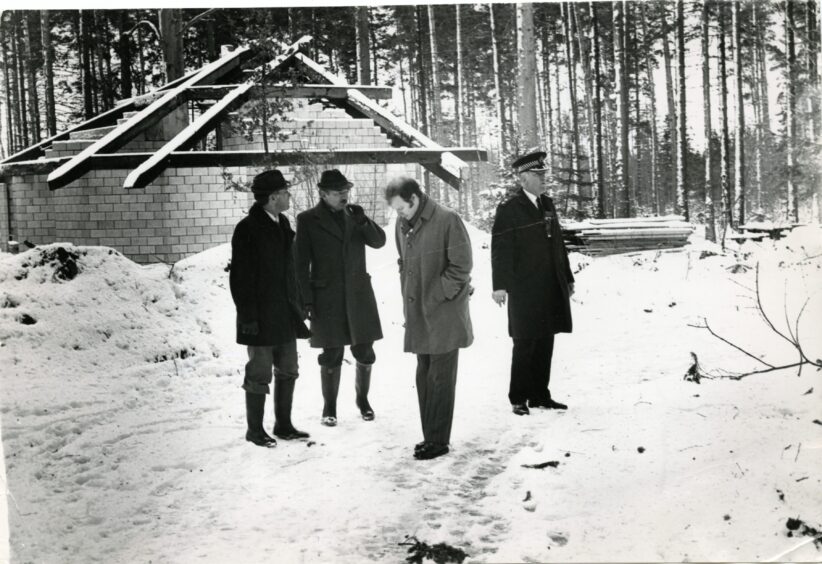
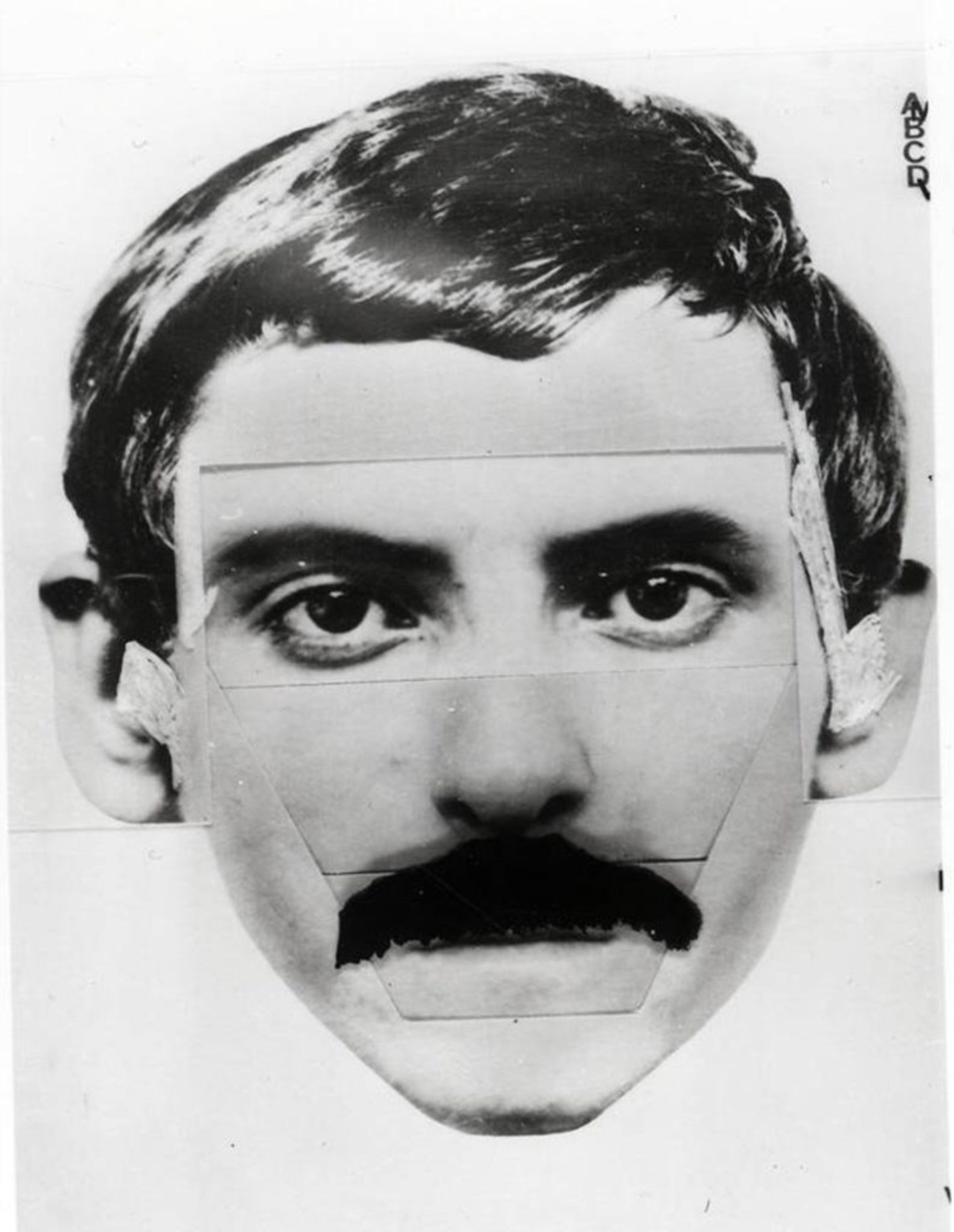
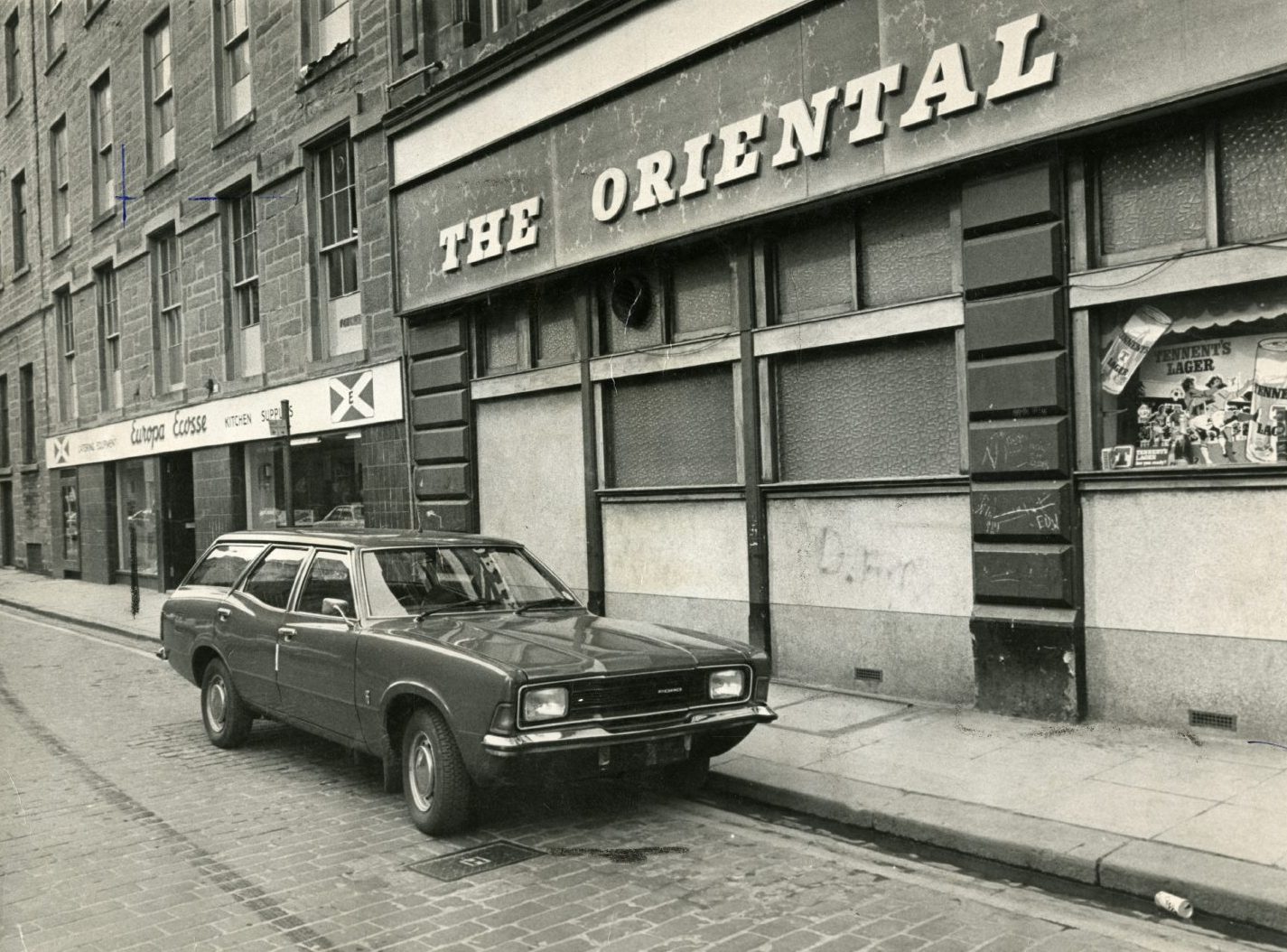
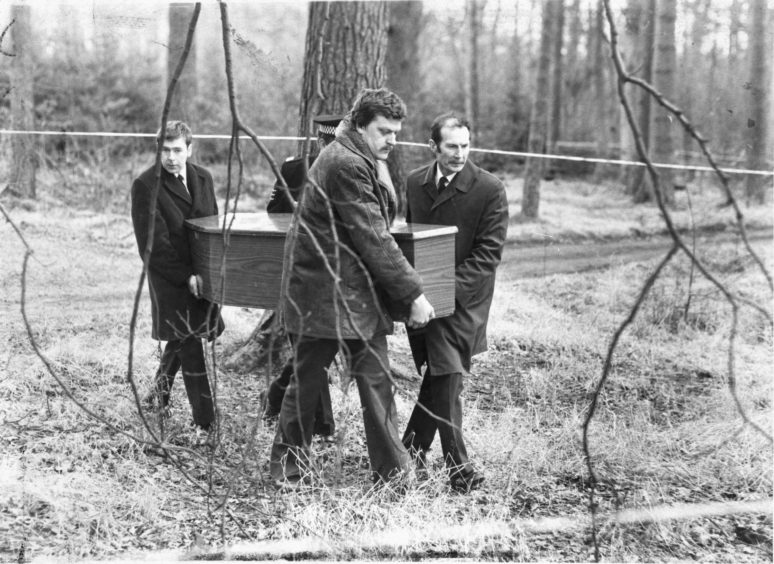
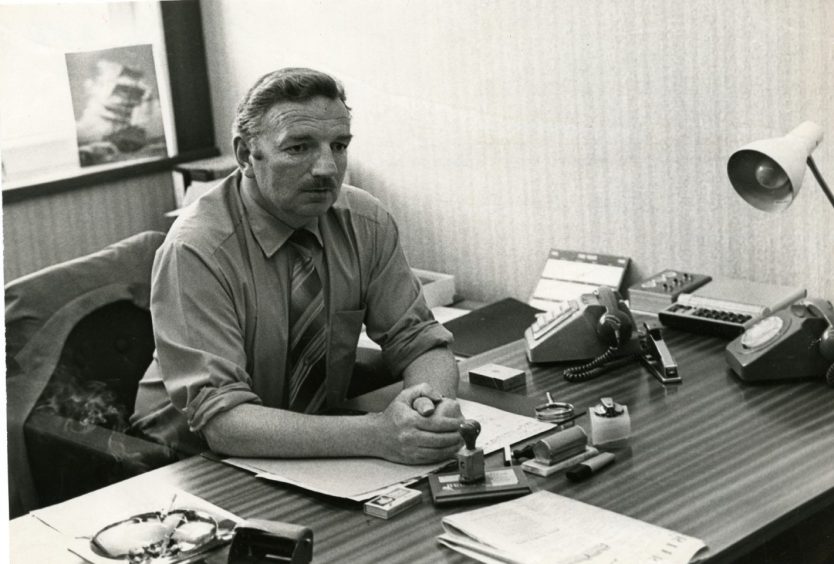
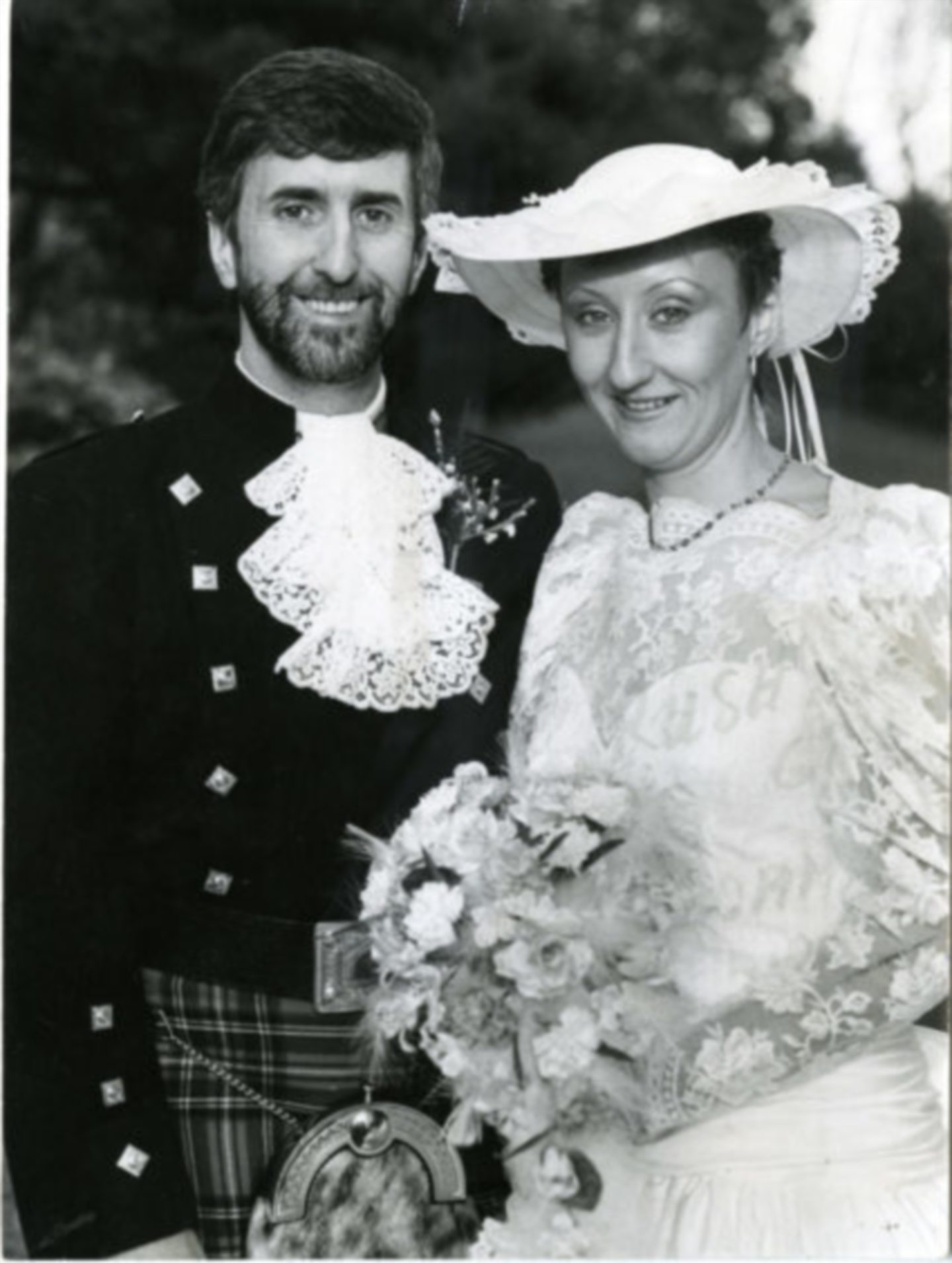
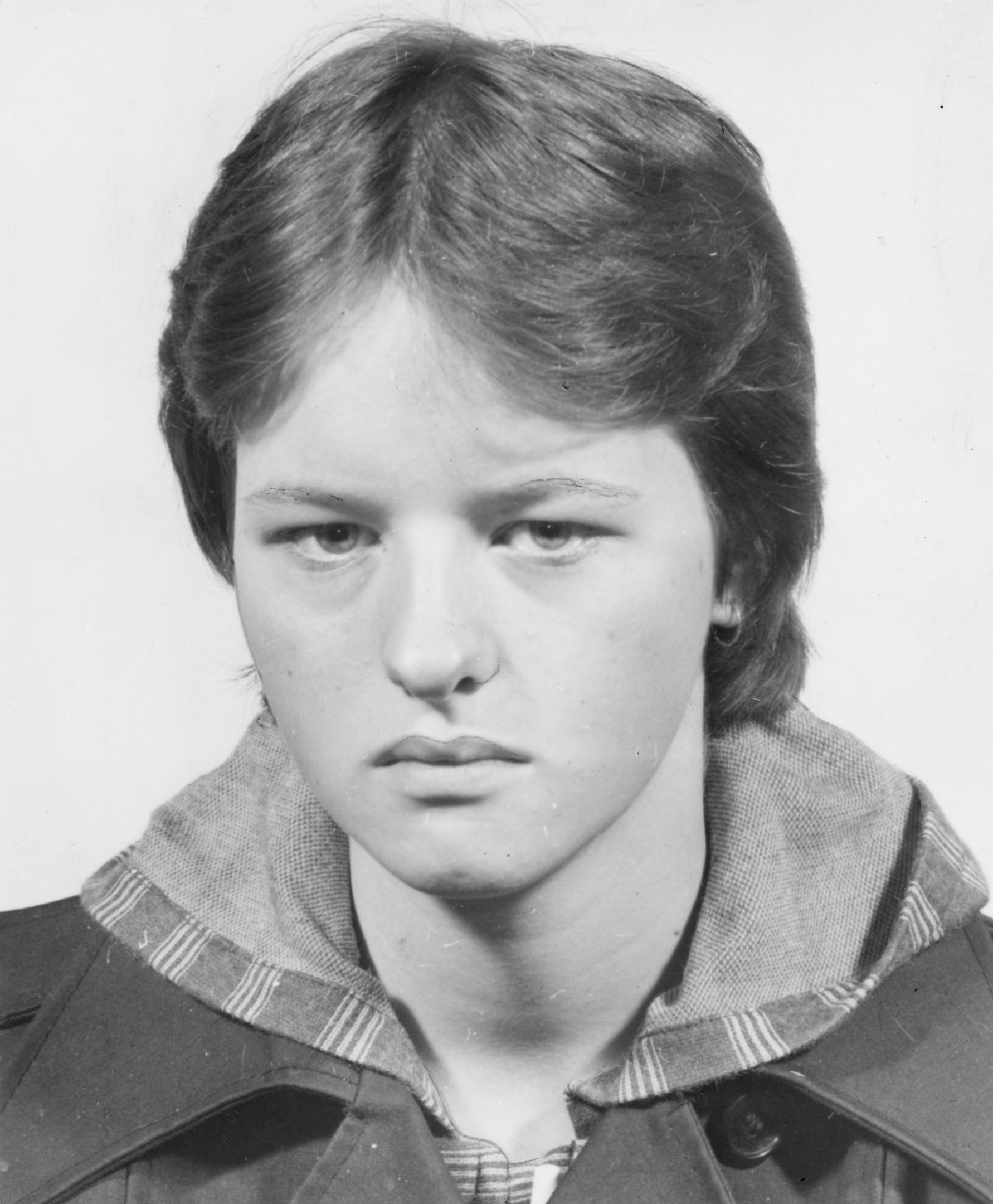










Conversation